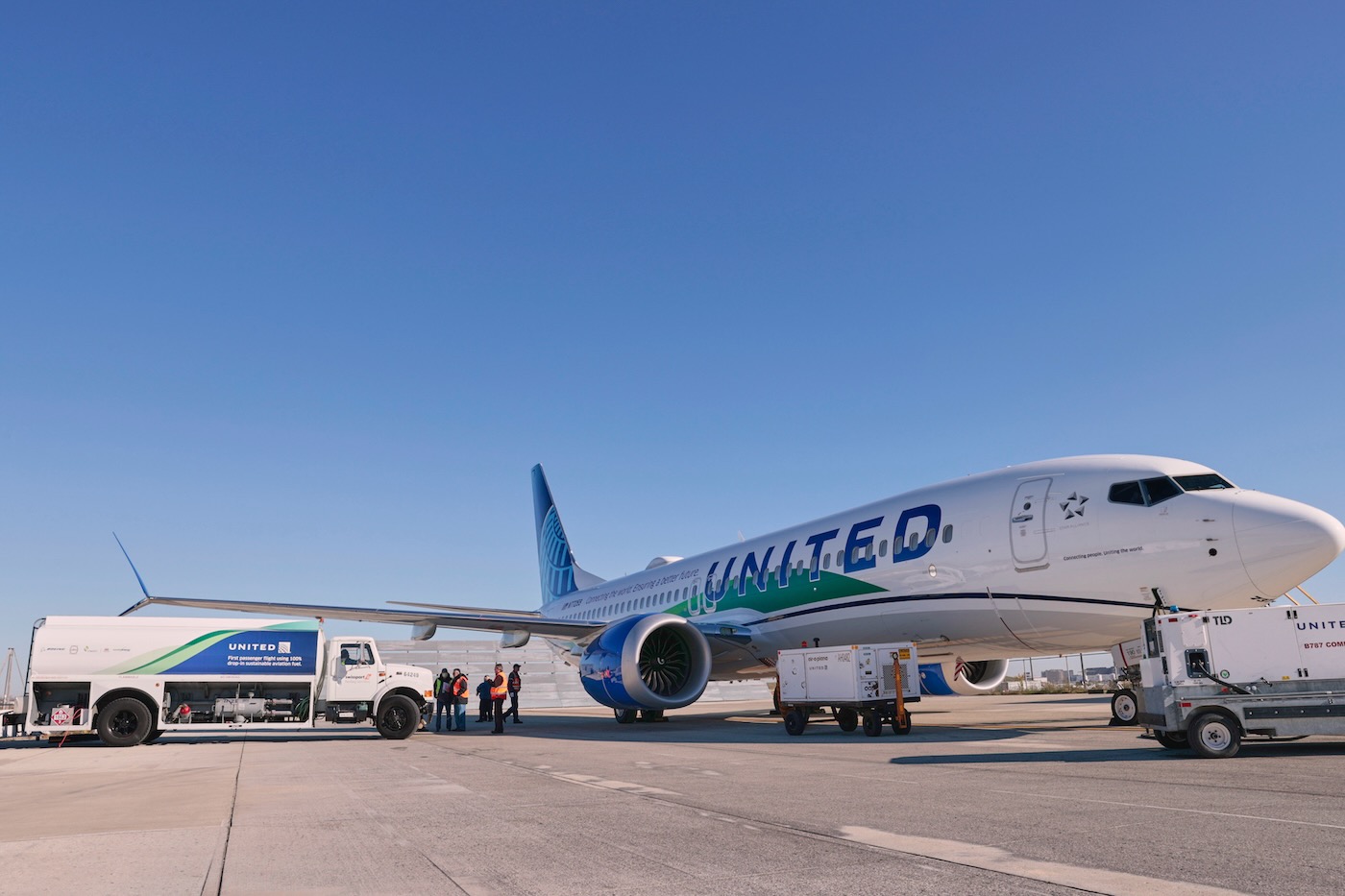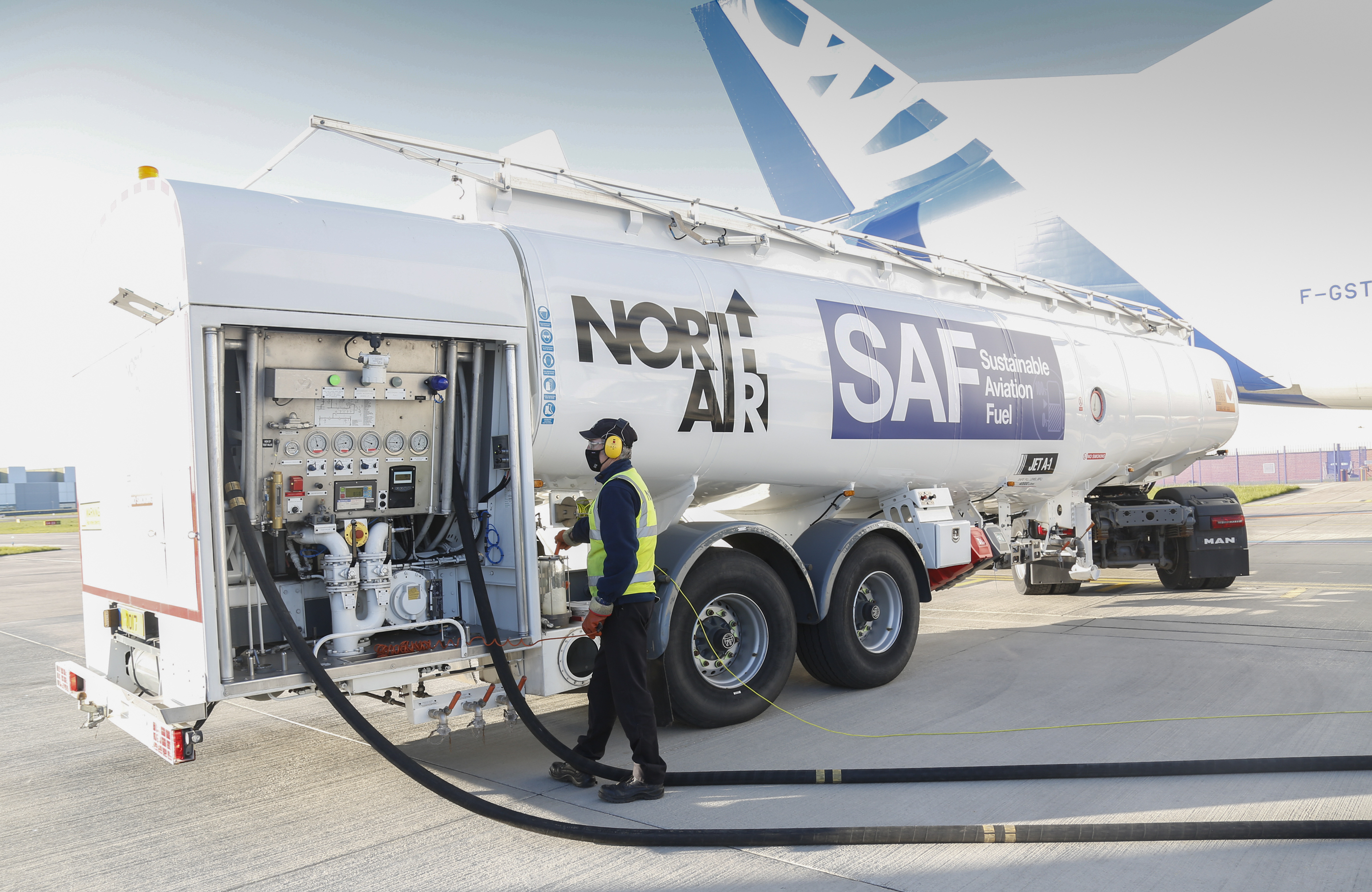Log-in here if you’re already a subscriber HEAR FROM THE AIR CURRENT Leave this field empty if you're human: Release...
Log-in here if you’re already a subscriber HEAR FROM THE AIR CURRENT Leave this field empty if you're human: Release...
Log-in here if you’re already a subscriber Release DateDecember 15, 2023Biden Administration walks SAF tightrope heading into 2024Purchase a PDF...
Log-in here if you’re already a subscriber Release DateSeptember 6, 2023Without a clean grid, today's plans for decarbonizing aviation won’t...
Log-in here if you’re already a subscriber Release DateJanuary 19, 2023NASA gives Boeing a second shot at reshaping commercial aviationPurchase...
Log-in here if you’re already a subscriber Release DateJuly 5, 2022The politics of ethanol are coming to aviationPurchase a PDF...
Jon Ostrower and Elan Head·
Sign up to receive updates on our latest scoops, insight and analysis on the business of flying. (function($) {window.fnames =...
Sign up to receive updates on our latest scoops, insight and analysis on the business of flying. Please log in...
Log-in here if you’re already a subscriber In the second of a two-part series, The Air Current explores what it...
Log-in here if you’re already a subscriber Release DateApril 12, 2022TAC Explains: What is sustainable aviation fuel?Purchase a PDF of...
Less than four months after the Federal Aviation Administration rolled out its 2021 Aviation Climate Action Plan, the agency’s official blueprint for achieving net-zero aviation emissions by 2050 is already starting to look dated. The plan relies overwhelmingly on sustainable aviation fuel (SAF) as the principal pathway for reducing the U.S. aviation sector’s greenhouse gas emissions. It is plainly dismissive of hydrogen, stating: “we do not expect hydrogen-powered aircraft to make a significant contribution toward achieving net-zero aviation emissions by 2050.”
Airlines rally new climate targets at IATA’s annual meeting, puts onus largely on sustainable fuel production to meet 2050 carbon neutrality goal.












